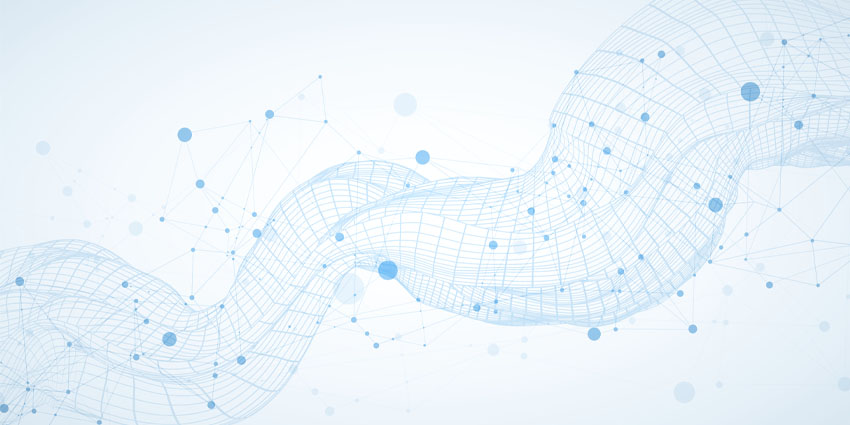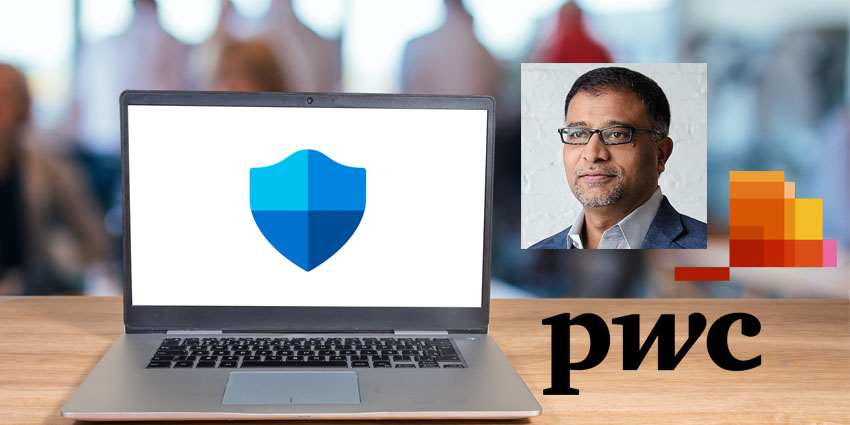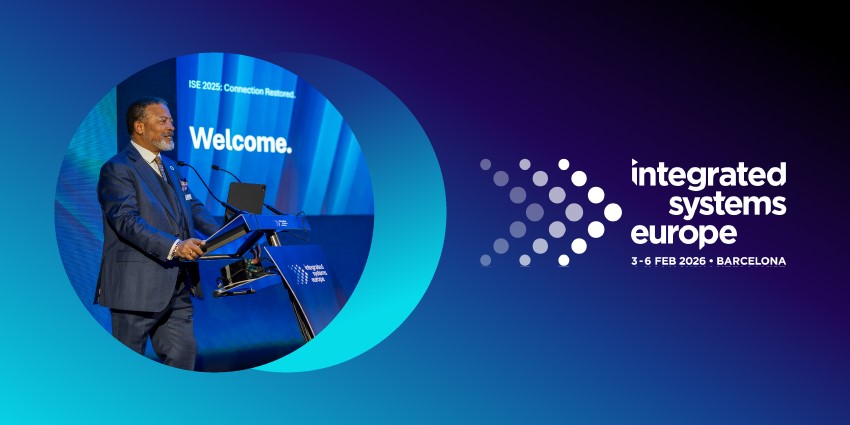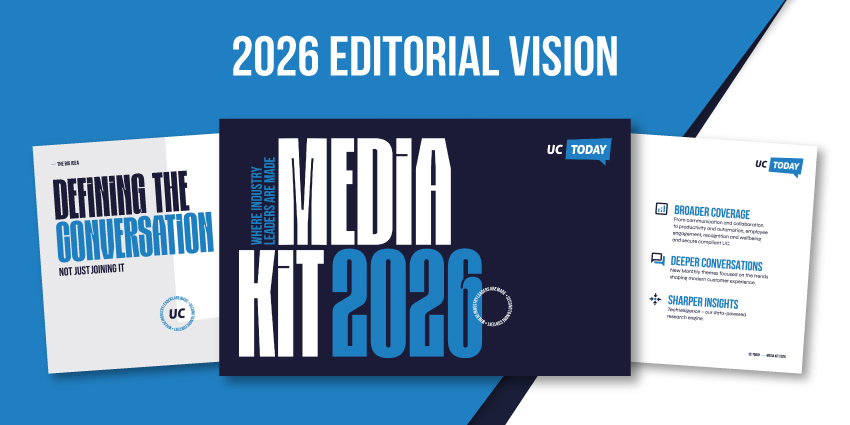Hybrid work has become part of everyday business life. The apps are all in place: Teams calls, Slack threads, and Asana boards. Yet, many organizations still can’t say with certainty whether all that motion equals real progress.
That’s why a growing number of leaders are embracing workforce intelligence, linking communication, tasks, skills, and workplace data to gain a single, accurate view of how, where, and why work is done.
For years, leaders measured performance through meetings and output metrics. Now, they’re measuring impact, examining how ideas evolve through conversations, decisions, and delivery. It’s the growing shift from enabling hybrid work to optimizing it.
Those with the right approach are already seeing results, improving employee experience and productivity while cutting costs. For instance, the Alberta Energy Regulator reduced its office footprint by 75 percent and saved over $15 million using connected collaboration and workplace analytics.
The future of hybrid work isn’t about adding more tools but about connecting the ones you already have and unlocking the insights within.
What Workforce Intelligence Really Means
The first wave of adapting to hybrid work was about survival: getting everyone connected, regardless of their location. That chapter’s over. The next one is about accountability: proving that all those tools and platforms actually make work better.
Boards and executives want evidence. They’ve spent years funding collaboration software, analytics suites, and AI assistants, but most can’t yet show how those investments translate into measurable performance. It’s a gap that workforce intelligence is finally closing.
The Lenses of Workforce Intelligence
- Roles (Who): The people and structures behind every deliverable. This lens illustrates how capacity, hierarchy, and collaboration intersect, enabling leaders to identify duplication or overextended teams before they burn out.
- Tasks (What): The practical engine of productivity. Task intelligence tracks how ideas move from planning to delivery, revealing which tasks add value and which simply fill the calendar. When connected to UC data, it can expose how much time is lost between “Let’s do it” and “It’s done.”
- Skills (How): Data about people’s abilities, not just their titles. Skills intelligence maps what teams can do against what the business needs to do, supporting agile resourcing and upskilling that feels natural, not forced.
- Workplaces (Where): The missing piece in most strategies. Workplace intelligence leverages occupancy data, booking systems, and even IoT sensors to understand how spaces impact performance. It’s where environmental factors meet human behavior.
When these four views align, organizations start to see the entire work graph: conversation → decision → delivery → environment. It’s a living model of how hybrid teams operate day-to-day, and it turns “how work gets done” from a guess into a measurable advantage.
The Workforce Intelligence Stack
Although modern businesses run on data, most of it still resides in separate silos. Messages live in one platform, project updates in another, and workspace metrics somewhere in facilities reports. Workforce intelligence can bring those signals together into a single, readable system.
Signals Layer
Every platform tells part of the story:
- Unified communications tools capture the pulse: meeting frequency, chat volume, response time, sentiment.
- Task platforms track execution: which projects move forward, where blockers appear, and how long delivery really takes.
- Workplace systems add the environmental layer: occupancy, room bookings, energy use, even noise and comfort data from IoT sensors.
- HR and CRM systems show who’s working on what, and how it connects to customers or revenue.
Intelligence Layer
This is where the raw signals begin to take on meaning. AI models correlate communication, task, and space data to surface patterns such as:
- Decision latency: how long it takes for a discussion to turn into an action.
- Meeting ROI: which sessions lead to tangible follow-ups versus time lost.
- Cycle-time variance: which teams are consistently faster or slower to deliver.
- Collaboration density: how often people interact across functions or locations.
- Space-utilization efficiency: which environments actually drive output.
Activation Layer
This final layer turns intelligence into action. Intelligent tools can:
- Auto-create tasks from meetings, so commitments never disappear into notes.
- Recommend async updates for recurring meetings that waste time.
- Rebalance workloads when UC or project data signals fatigue or bottlenecks.
- Suggest optimal work locations by matching collaboration data with space performance.
The contact center world learned this years ago: companies like NiCE and Aspect used analytics to balance queues, optimize schedules, and raise engagement. Now, the same thinking applies to knowledge work.
The Payoff: Visibility, Efficiency, and ROI
For years, productivity has been measured by the number of meetings held and messages sent. The trouble is, none of that proves whether work actually moved forward. Once the dots between unified communications, task platforms, and workplace intelligence are connected, those numbers finally start to hold meaning.
Visibility is the first win. A unified view of collaboration data shows how ideas travel across teams, from chat to task to outcome. Leaders can identify where projects stall, determine which meetings lead to decisions, and understand how space utilization impacts performance. Instead of guessing where time goes, they can see it.
Next comes efficiency. When analytics reveal redundant meetings or slow hand-offs, small automation steps make a big difference. Auto-generated tasks, async updates, and workload balancing remove friction without adding new tools. Fewer spreadsheets, fewer status calls, and more flow.
Then there’s the ROI, the numbers that make boards listen.
- Quantum Health avoided $13.5 million in renovations by analyzing occupancy and using anonymous badge data to right-size space.
- TraceLink saw a 166 percent jump in collaboration-space use and 58 percent desk-utilization gains after integrating Robin’s data.
- FactSet reduced its global footprint by 37 percent while supporting 11,000 hybrid employees.
- ASEE, using YAROOMS and Teams, saved €200,000 a year and gained transparent compliance tracking.
When productivity stops being a subjective feeling and becomes a measurable metric, decision-making becomes faster, and the entire business starts to move with greater intent.
Buyer’s Guide: Building a Workforce Intelligence Strategy
Every strong strategy begins with a clear question: what decisions do we want to make more quickly? That answer shapes everything else. Common enterprise goals include:
- Auto-actioning meetings: using AI to capture decisions and instantly turn them into tasks.
- Async-first nudges: identifying low-value meetings and shifting them to asynchronous updates.
- Workload balancing: spotting burnout signals by analyzing UC and task-platform data.
- Hybrid-day optimization: merging workplace intelligence (occupancy, proximity, energy use) with collaboration patterns to plan when teams should be in the office.
- Customer impact: linking task progress to CRM outcomes for a direct line between productivity and revenue.
The United World College of South-East Asia cut check-in times from 30 minutes to seconds through automation, while Boston University saved hours each semester by giving staff control of room bookings, both examples of how connected data improves experience as much as efficiency.
Integrations to Demand
Look for open platforms that connect easily across the stack:
- UC ↔ Task interoperability (Teams–Asana/Jira, Zoom–Monday).
- HRIS, CRM, and external skills-data feeds.
- Workplace and IoT data for genuine hybrid analytics.
- Unified dashboards blending productivity, engagement, and utilization insights.
Monitoring Productivity Beyond Meetings
Traditional KPIs can’t capture the full rhythm of hybrid work. The new metrics dig deeper, tracing how ideas turn into action.
- Decision latency: tracks how long it takes for a discussion to become a task and then get done.
- Meeting-to-decision conversion: looks at how many meetings lead to concrete follow-ups within two days.
- Duplicate-work index: exposes overlapping projects or repeated effort before they eat up valuable time.
- Cycle-time variance: highlights process bottlenecks.
- Space-to-output ratio: productivity per square foot or active seat.
- Skills coverage vs demand: matches workforce capability to business need.
Governance and AI Ethics
Data transparency matters as much as insight. The best programs follow a “minimum-necessary” principle:
- Capture metadata, not message content.
- Provide employees with visibility into how data is utilized.
- Keep AI assistants opt-in, with clear retention limits in place.
- Run periodic bias and accuracy checks using light-touch ISO/NIST frameworks.
- Avoid emotion tracking or intrusive monitoring.
The goal isn’t surveillance, it’s trustworthy automation that respects privacy while driving results.
Toward the Intelligent Work Operating System
As workforce intelligence matures, the boundaries between communications, task management, HR, and even building systems are fading. They’re forming a kind of “Work Operating System” that learns from every interaction and fine-tunes how teams perform.
- From Dashboards to Decision Engines: The old dashboards told us what happened yesterday. The next generation will decide what should happen next. Instead of just tracking KPIs, they’ll flag delays, suggest team reshuffles, or even predict when collaboration patterns hint at burnout.
- The Rise of Workforce + Workplace Clouds: The next evolution of hybrid work will come from connected intelligence. Expect to see unified Workforce and Workplace Clouds that merge UC, project, HRIS, and IoT data into one secure layer powering analytics, automation, and AI.
- Generative AI Becomes a Work Orchestrator: Generative AI is evolving rapidly, from taking notes to orchestrating workflows. Some tools are already assigning tasks, scheduling follow-ups, and even determining who should attend the next meeting.
The result will be a seamless ecosystem where people, processes, and places continuously inform one another.
Turning Communication into Measurable Performance
For most organizations, the real challenge of hybrid work was not connection, but rather clarity. The technology has done its part: calls run smoothly, chats flow easily, tasks move faster. But without context, all that motion can still feel pointless.
By linking unified communications, project systems, and workplace intelligence data, enterprises can finally see the full picture: how decisions form, where collaboration adds value, and which environments bring out the best in people.
The future of hybrid work won’t belong to those with the most tools; it will belong to those who can make their tools talk. The enterprises that connect their communication, task, and workplace platforms today will lead the conversation tomorrow, turning collaboration data into something every board understands: measurable impact.







